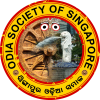Religion And Racial Harmony
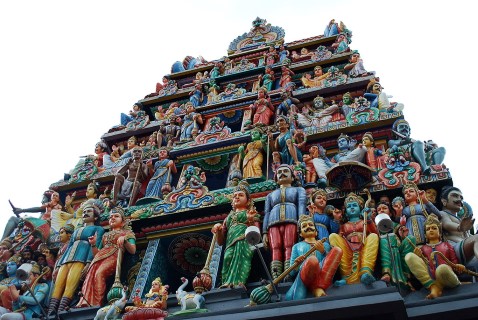 Sri Mariamman
Temple, built in 1843, is the largest Hindu temple in Singapore.
Sri Mariamman
Temple, built in 1843, is the largest Hindu temple in Singapore.
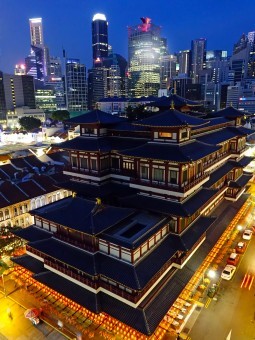 Singapore is
a multi-religious country, the roots of which can be traced to its strategic location;
after its declaration as a port, a wide variety of nationalities and ethnicities
from places as far as Arabia immigrated to Singapore.
Singapore is
a multi-religious country, the roots of which can be traced to its strategic location;
after its declaration as a port, a wide variety of nationalities and ethnicities
from places as far as Arabia immigrated to Singapore.
More than 40% of the Singaporeans adhere to Buddhism, the main faith of the Chinese population of Singapore. Other Chinese are followers of Taoism, Confucianism, and Christianity. Christians constitute about 14% of the population of Singapore. Most Malays are Muslims, who constitute about 15% of the population, while most Indians are Hindus, constituting 7%. There is also a sizable number of Muslims and Sikhs in the Indian population.
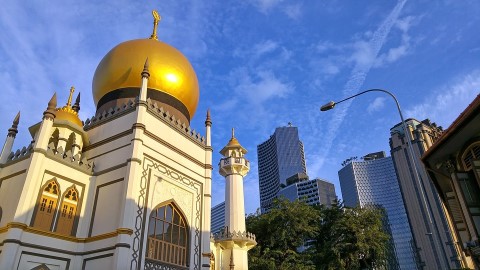 As a result
of this diversity, there are a large number of religious buildings including Hindu
temples, churches and mosques, some of which have great historical significance.
There are also some Sikh temples and Jewish synagogues. These interesting buildings
often became prominent architectural landmarks in cosmopolitan Singapore.
As a result
of this diversity, there are a large number of religious buildings including Hindu
temples, churches and mosques, some of which have great historical significance.
There are also some Sikh temples and Jewish synagogues. These interesting buildings
often became prominent architectural landmarks in cosmopolitan Singapore.
A selected list of religious sites in Singapore include:
| • | Hajjah Fatimah Mosque |
| • | Kong Meng San Phor Kark See Temple |
| • | Masjid Jamae |
| • | Sakya Muni Buddha Gaya Temple |
| • | Central Sikh Temple |
| • | Sri Mariamman Temple |
| • | Sultan Mosque |
| • | St. Andrew's Cathedral |
| • | Chesed-El Synagogue |
| • | Saint Joseph's Church (former Portuguese Mission) |
| • | Cathedral of the Good Shepherd |
| • | Churches |
In addition, about 14% of Singaporeans do not belong to any religion and consider themselves as "free-thinkers".
Racial Harmony
Racial harmony is an important concept in Singaporean society. Briefly shaken by the racial riots in Singapore's history during the 1960s, it emerged stronger after independence and is seen as a cornerstone of Singapore's culture today.
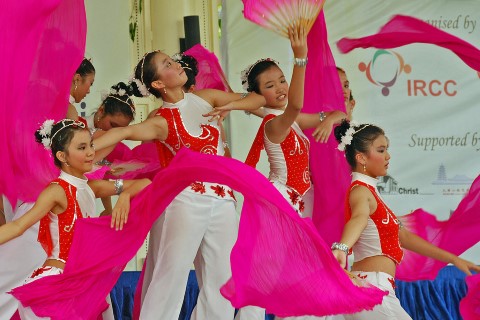 Religious tolerance
has been strongly encouraged since the British colonised Singapore; the Sri Mariamman
Temple (a south Indian Hindu temple that was declared a national heritage site in
the 1980s), as well as the Masjid Jamae Mosque that served Chulia Muslims from India's
Coromandel Coast is situated along South Bridge Road, which is a major, and old
road that runs through Chinatown. Among other religious landmarks is the Church
of Gregory the Illuminator, that was built in 1836, making it one of the oldest
religious buildings in Singapore. It has been preserved to the present day, and
Orthodox services continue to be held in it. Although orthodox religions are tolerated,
some groups are banned, including Jehovah's Witness, which opposes Singapore's policy
of national service.
Religious tolerance
has been strongly encouraged since the British colonised Singapore; the Sri Mariamman
Temple (a south Indian Hindu temple that was declared a national heritage site in
the 1980s), as well as the Masjid Jamae Mosque that served Chulia Muslims from India's
Coromandel Coast is situated along South Bridge Road, which is a major, and old
road that runs through Chinatown. Among other religious landmarks is the Church
of Gregory the Illuminator, that was built in 1836, making it one of the oldest
religious buildings in Singapore. It has been preserved to the present day, and
Orthodox services continue to be held in it. Although orthodox religions are tolerated,
some groups are banned, including Jehovah's Witness, which opposes Singapore's policy
of national service.
